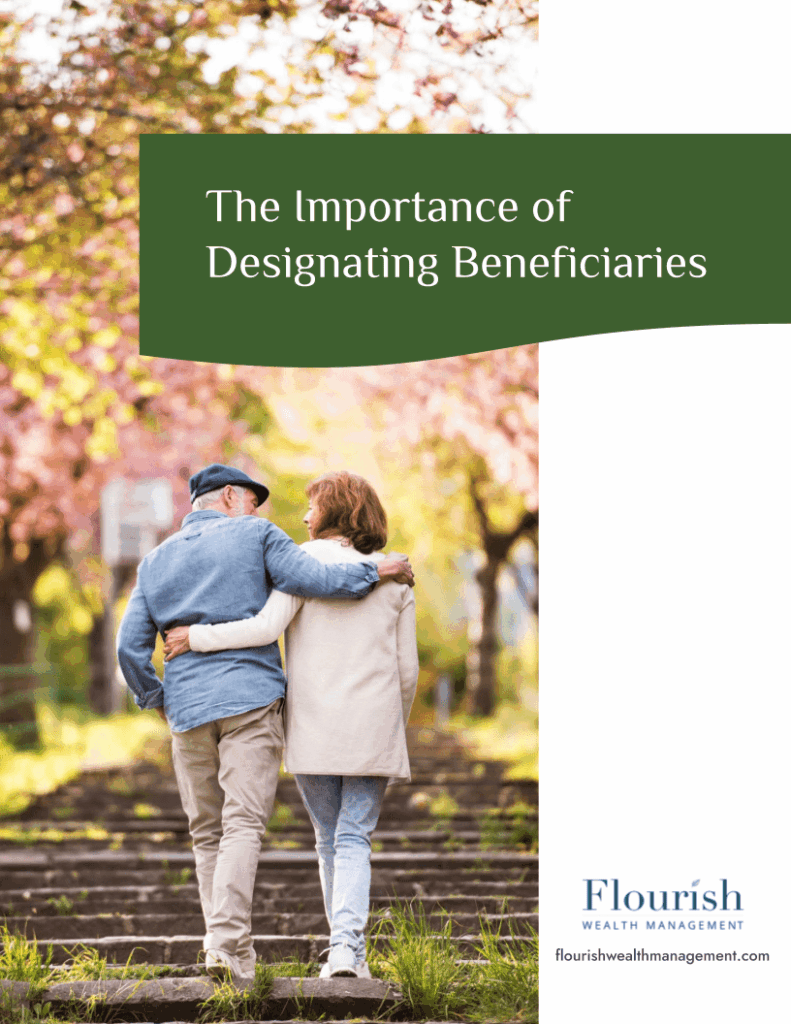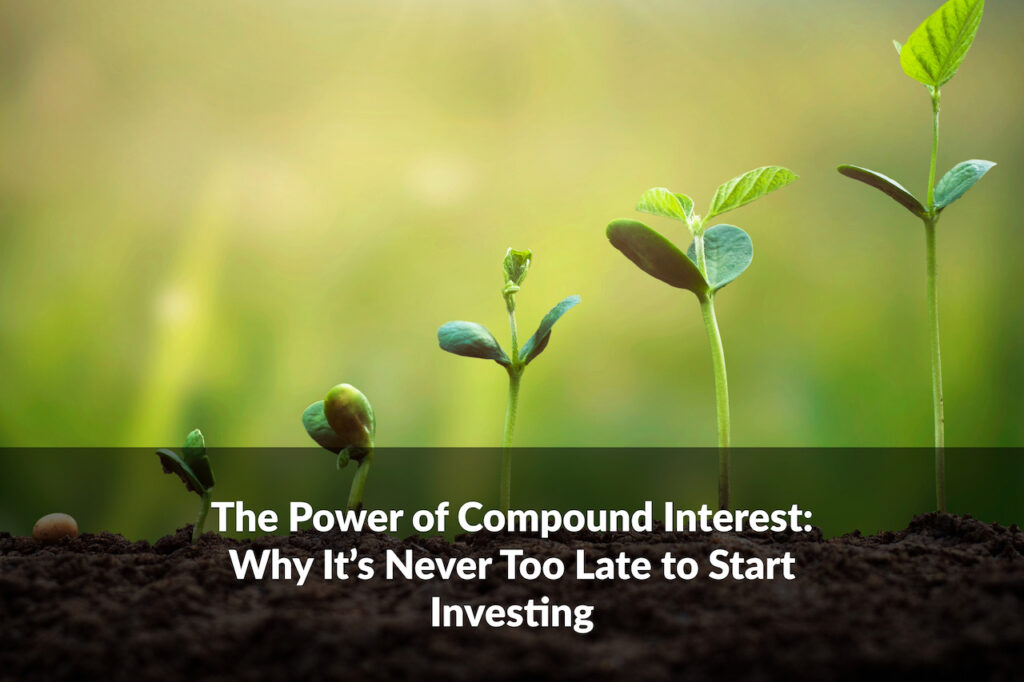We have been talking to a lot of clients about ethical and impact investing lately. Opportunities to align investment dollars with personal values have become more available as investor demand has increased. It is now possible to effectively make investments that focus on the environment, sustainability, workplace disparities, or gender equality. In fact, from 2014 to 2016 these types of investments grew by more than 33%.[1] The desire to align personal values with spending dollars has already been demonstrated in consumer spending, as 66% of consumers now saying they’re willing to pay more for sustainable goods (a 55% increase from 2014). [i] People are not only buying with the environment in mind, but they are also investing in companies that promote social themes as well.
This growing number of Socially Responsible Investments (called SRI[ii]) invest in companies with a positive impact on the environment and social issues. In turn, companies that pursue sustainability see a positive impact on their business.[iii] The success of companies that have changed their business model or structure to qualify as SRI has made a broad impact, as other companies are now following in those footsteps. Not only are companies adapting to investment pressure, but state governments are placing mandates on large companies to use more sustainable and renewable sources as well.
Types of Socially Responsible Investments
At the present time, there is not a universal definition for what qualifies as a Socially Responsible Investment. SRI investing reflects individual choice based on an investor’s preferred social issues. An SRI investor emphasizes or excludes producers based on their values; for example, focusing more investment dollars on companies with strong environmental sustainability ratings and excluding companies that have anything to do with guns. The industry has responded with a variety of benchmarks to reflect various themes which have promoted significant growth in the number of investment options that are available. We can now help clients find SRI options that will effectively match up with the SRI themes most important to them.
As demand for SRI investments has increased over the past few years, a new form of responsible investing has come on the scene: ESG, for Environmental, Social, and Governance. Using ESG, a company can be assessed based on their emissions and energy (the E), their safety and employee diversity policies (the S), and how the company’s board and executives are paid and operate (the G). Using the ESG model, third-party firms can evaluate and rank a company. This ranking allows investors greater opportunity to seek out investment options that better align with their values and avoid, or exclude, those that don’t.
Performance of SRI Investing
An important concern among SRI investors is whether including these themes will limit performance in their portfolios. It’s currently inconclusive whether an SRI investment will produce any outperformance.[iv] But most data indicate that SRI investments will at least match investments on the broader market. In addition, highly ranked ESG companies tended to pay higher dividends, showed less earning or market volatility, were more profitable overall and had lower tail risks.[v] The takeaway, for the socially conscious investor, is that by investing in companies that rank high in SRI or ESG, they are not only saving for retirement but also investing in the change and improvements they want to see in the world.
As more investors put their money into SRI and ESG, more pressure is put on companies to make decisions and investments that will help improve their rankings. The ESG research creates more transparency and gives investors the power to vote with their dollars about issues and values that are important to them.[vi] Although this is an evolving part of the market, our team continues to devote more resources to ensure that we have a variety of investment solutions that can help clients align their money with their personal values without sacrificing long-term performance. We will continue to provide additional information on SRI and ESG over the next few years, and welcome client conversations to determine if these options could have a role in your portfolio.
[1] https://www.ussif.org/sribasics
[i] http://www.nielsen.com/us/en/press-room/2015/consumer-goods-brands-that-demonstrate-commitment-to-sustainability-outperform.html
[ii] https://money.usnews.com/investing/articles/2017-01-27/ethical-investing-continues-to-grow
[iii] https://hbr.org/2016/10/the-comprehensive-business-case-for-sustainability
[iv] https://www.sciencedirect.com/science/article/pii/S0378426607004220
[v] https://www.forbes.com/sites/moneyshow/2017/08/16/socially-responsible-investing-earn-better-returns-from-good-companies/#3cb66528623d
[vi] http://www.investmentnews.com/article/20180210/FREE/180219999/is-esg-investing-going-mainstream











